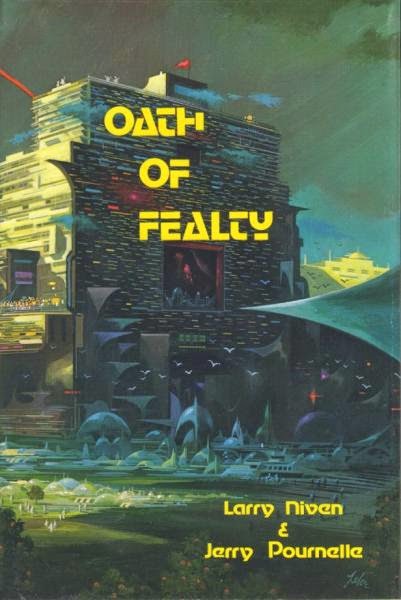There are these new urban regeneration schemes called malls-without-walls, one example being the Liverpool One development in the UK. They bring to mind Oath of Fealty, a science fiction by Larry Niven and Jerry Pournelle. They raise a thought worth pondering.
The Liverpool One land development is owned by the British Duke of Westminster. It privatizes 35 downtown streets and spans 42 acres all controlled by a private security force and CCTV. Of course big shopping malls are not new but they are usually relegated to the suburbs far from the downtown core. Not this one.
LIVERPOOL ONE
The Liverpool One land development project turns a new corner. Costing up to $2 Billion it is a central city shopping mall on steroids - hotels, plazas, shops, golf course, apartment towers, open air designs all policed by private security.
Decades ago Oath of Fealty prophesized a massive high-tech, city-in-a-city called Todos Santos, constructed following race riots and walled away from the chaos of Los Angeles surrounding it.
A thousand feet tall, single-structured super city, Todos Santos residents lived with constant surveillance in return for safety away from the grime, crime and bedlam that was a future Los Angeles. (Imagine the opening sequence of the film Bladerunner). Residents gladly offer up their Oath of Fealty for the benevolent Todos Santos security blanket.
 |
| In 1981 Oath of Fealty prophisized a new kind of city |
Thus far.
Yet it is more interconnected than most open air malls and has abundant private security and pervasive CCTV. And like all evolutionary trends it exists in a context.
FEAR
Consider the fear triggered from watching the Ferguson mayhem this week, dozens of riots in cities around the world in recent years and, in spite of declining crime rates, millions who now live in gated communities.
In all these contexts there is one constant. Fear! Who wouldn't want to live in a beautiful, secure place of the future?
That sounds very Todos Santos. It leads me to ask some elephant-in-the-room questions: If we have the resources and desire to build safe mini-cities within cities where people can freely choose to live, is that a good thing? Or if it is such a bad thing, why are so many of them showing up?
Leave a comment
Please add comments to SafeGrowth. I will post everyone except posts with abusive, off-topic, or offensive language; any discriminatory, racist, sexist or homophopic slurs; thread spamming; or ad hominem attacks.
If your comment does not appear in a day due to blogspot problems send it to safegrowth.office@gmail.com and we'll post direct.